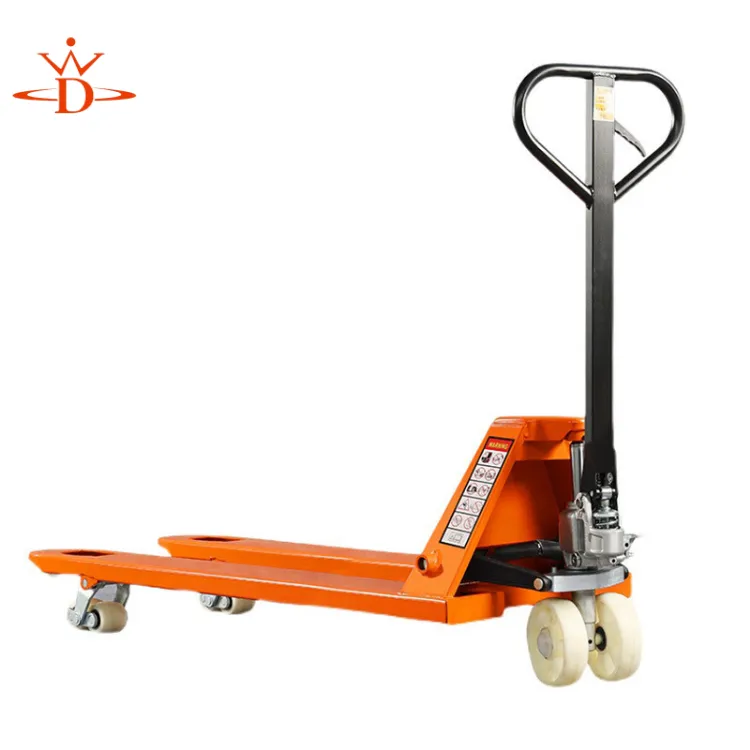lifting magnets for steel plate
Lifting Magnets for Steel Plates Enhancing Efficiency and Safety in Industrial Operations
In the heart of manufacturing and construction industries, lifting heavy steel plates is a daily task that requires not only strength but also precision and safety. Traditional methods, such as using chains and clamps, can sometimes pose risks, both to the operators and to the materials being handled. This is where lifting magnets come into play, revolutionizing the way steel plates are moved and manipulated.
Lifting magnets are specialized tools designed to securely attach to steel surfaces and provide a safe means of lifting, transporting, and maneuvering heavy objects. They operate on the principle of electromagnetism, allowing for a strong and reliable grip on ferrous materials. This capability significantly enhances efficiency in operations involving steel plates, which are typically heavy and cumbersome.
Types of Lifting Magnets
There are several types of lifting magnets available, each designed to suit different applications and weight capacities. Permanent lifting magnets do not require power to operate, making them ideal for outdoor environments or where electrical sources are limited. These magnets are robust and can hold considerable weight, providing great reliability in consistent lifting tasks.
On the other hand, electromagnets require a power source but offer the advantage of adjustable lifting strength. Operators can control the magnetic force, allowing for versatility when handling various sizes and weights of steel plates. Additionally, some lifting magnets come equipped with safety features like built-in alarms that alert users if the magnetic force begins to diminish.
Advantages of Using Lifting Magnets
1. Increased Safety One of the paramount benefits of lifting magnets is the enhanced safety they offer. Traditional lifting methods can lead to accidents caused by slippage or equipment failure. With lifting magnets, the object is securely held in place, reducing the risk of drop-related injuries and material damage.
lifting magnets for steel plate

2. Efficiency and Speed Lifting magnets allow for quicker loading and unloading of steel plates. Most traditional methods can take a significant amount of time to secure and release loads, whereas lifting magnets can simplify the process, enabling faster operations and minimizing downtimes.
3. Reduced Labor Costs By utilizing lifting magnets, companies can often reduce the number of personnel required for lifting operations. Fewer workers are needed to manage the load, leading to decreased labor costs while maintaining productivity.
4. Versatility Lifting magnets can be used in a variety of settings, from warehouses to manufacturing plants and construction sites. Their adaptability makes them suitable for handling various ferrous materials aside from steel plates, such as pipes and sheets.
5. Gentle Handling of Materials Unlike traditional clamps that can leave marks or damage surfaces, lifting magnets handle materials gently, preserving the quality of the steel plates being lifted.
Considerations When Choosing Lifting Magnets
When selecting a lifting magnet, consider the weight and shape of the steel plates you intend to lift. It is crucial to choose a lifting magnet that can support the maximum load while maintaining safety. Additionally, pay attention to the surface condition of the steel plates, as rust or debris can affect the magnet's grip. Regular maintenance and inspections of the lifting magnets are also essential to ensure reliable performance.
In conclusion, lifting magnets for steel plates represent a significant advancement in material handling technology. By combining safety, efficiency, and versatility, they provide an invaluable tool for industries that rely on the manipulation of heavy steel materials. As industrial operations continue to evolve, adopting innovative solutions like lifting magnets will be critical in maintaining productivity and ensuring safety in the workplace.
-
Unlock Seamless Relocation with Our Heavy Equipment Moving ExpertiseNewsJun.06,2025
-
Unleash Unrivaled Flexibility with Our Adjustable Gantry CraneNewsJun.06,2025
-
Unleash Heavy-Duty Efficiency with Our Industrial Gantry Crane SolutionsNewsJun.06,2025
-
Revolutionize Steel Handling with Our Magnetic Lifter RangeNewsJun.06,2025
-
Master Equipment Mobility with Premium Machinery Mover SolutionsNewsJun.06,2025
-
Elevate Your Material Handling with Magnetic Lifter TechnologyNewsJun.06,2025
-
YS Permanent Lifting Magnets: The Smarter Way to Handle SteelNewsMay.22,2025
